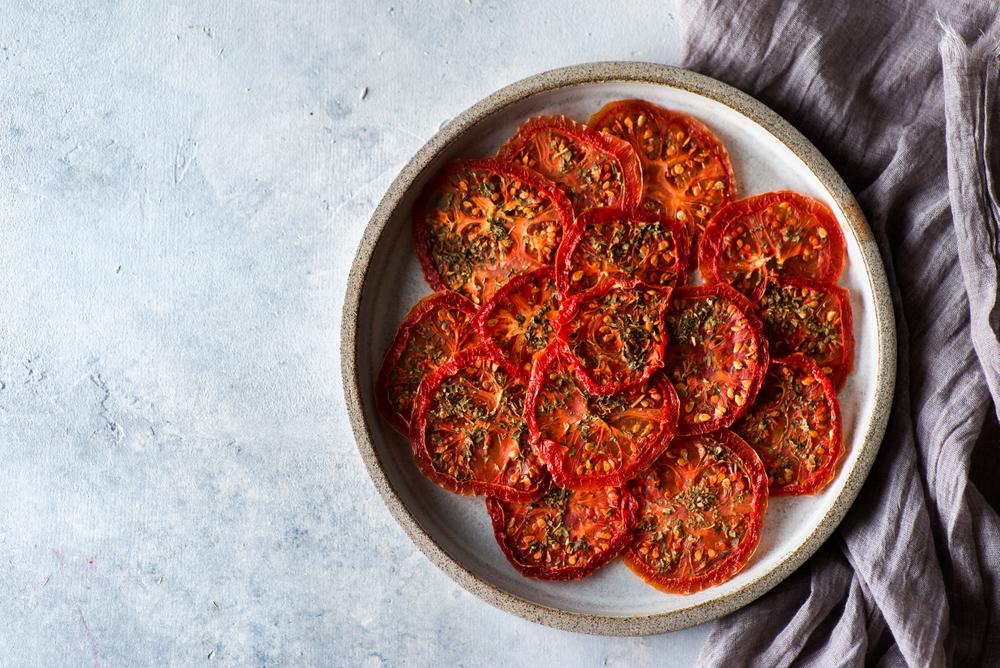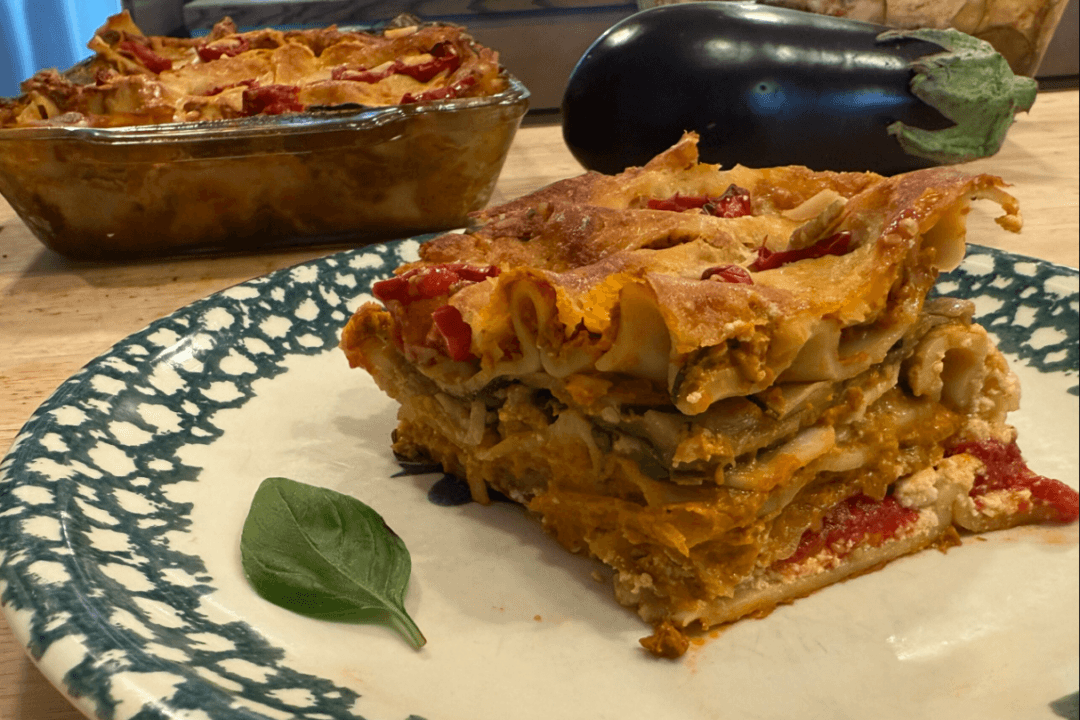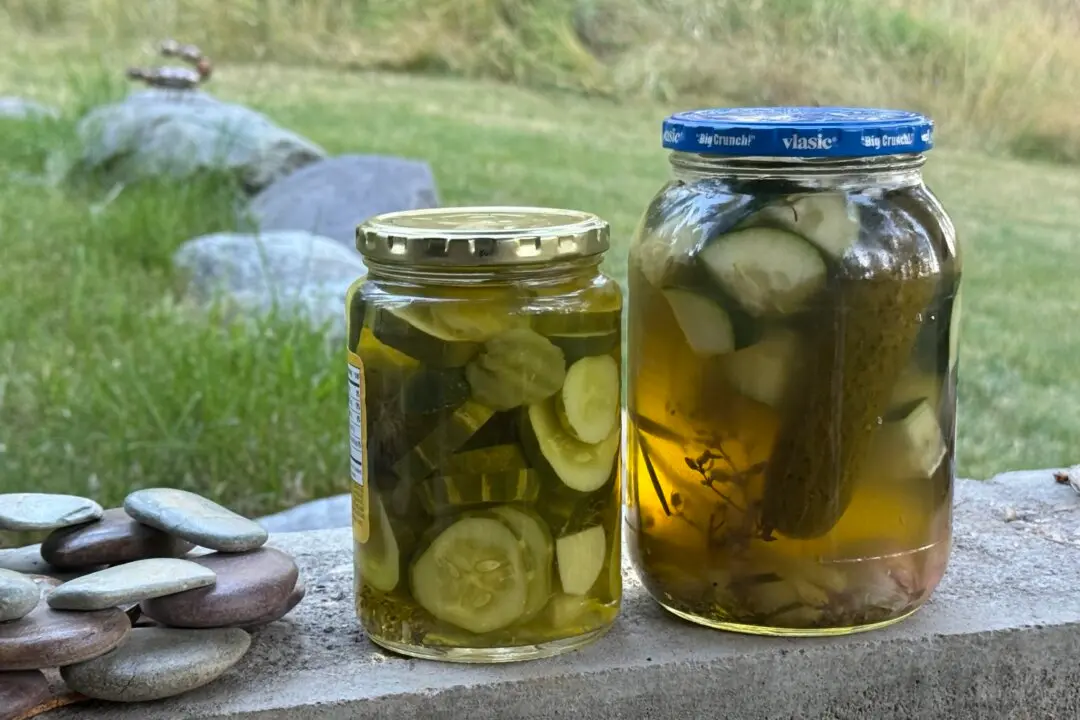The middle of winter can be a tough time for tomato lovers. We’re about as far away from the end of the previous season as we are from the beginning of the summer harvest, and no member of the produce kingdom suffers such a noticeable lack of flavor when it’s imported, out of season, from some faraway place. So this time of year, many people choose to simply forego tomatoes entirely, rather than suffer the indignity of a cardboard-flavored impostor.
Every summer, I do what I can to hang onto tomato season by preserving as many as I can, when the price is low and the quality is high. My storage form of choice has been an oven-roasted tomato sauce that I freeze, then use for pasta and pizza throughout the year. But the summer before last, a farmer friend offered me several boxes of tomatoes at a price I couldn’t refuse. So while I made my usual sauce, my wife tried her hand at something different.





